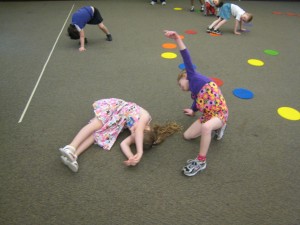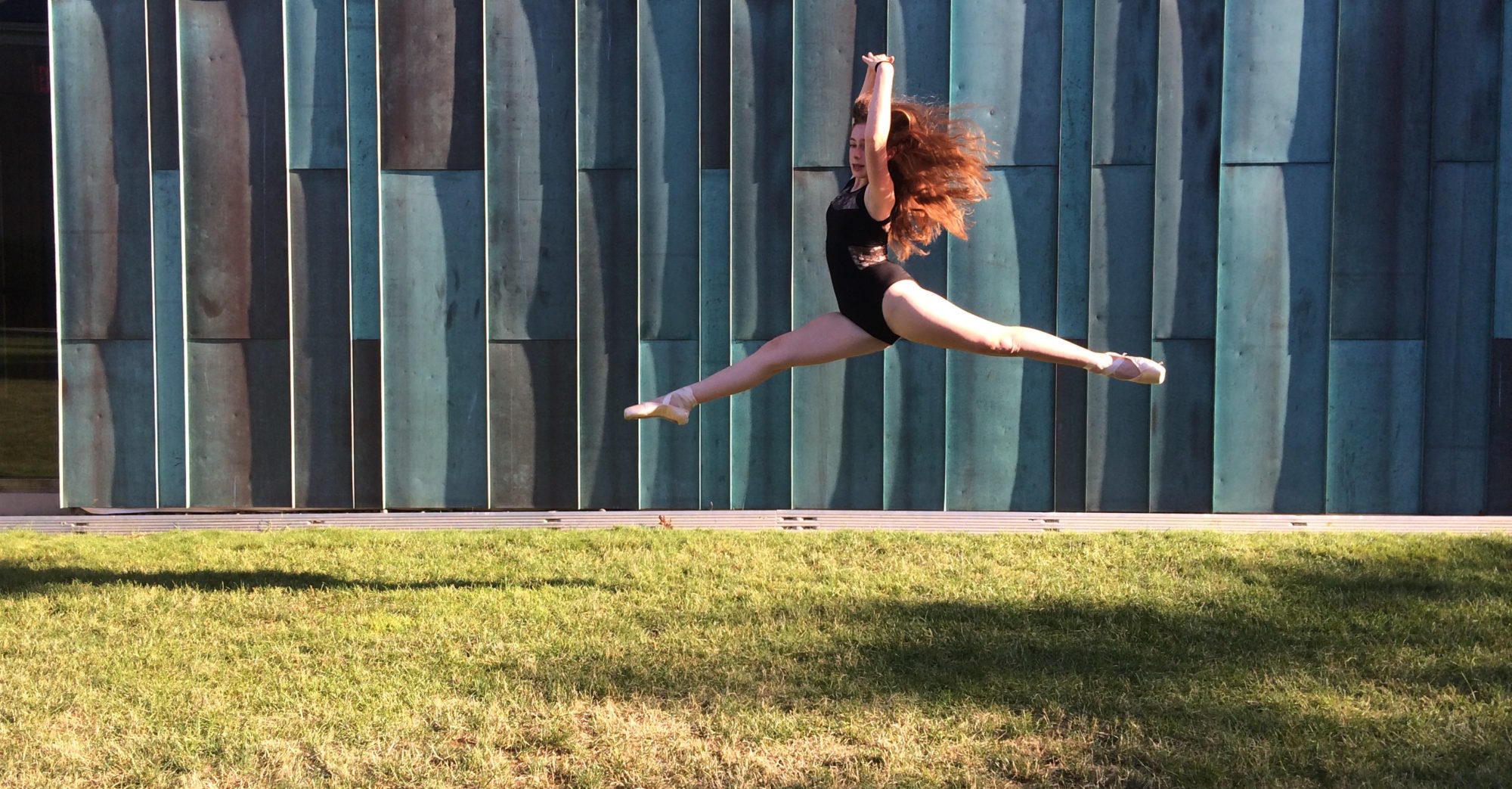Degrees
MFA, Mills College (2006)
Choreography & Performance
BA, UNC-Asheville (2004)
Interdisciplinary Studies (Dance, Theater, Visual Art)
K-12 Licensed Dance Educator (2017)
Body Mind Dancing certificed Teacher (2016)
RYT200 (2013)
Bartenieff Level I certificate (2009)
Vaganova Teaching Certificate (2008)
Workshops, Festivals, Residencies and Comissions
NCDPI Summer Institute Workshop Provider (2014)
Master Teacher for Annual TN Statewide Dance Conference, Tennessee Association of Dance (2010, 2011)
UNC at Asheville, Department of Health, Wellness and Dance (SP 2010, FA 2013)
Orange Grove Center , Dance Program Coordinator and Teacher (2012–2013)
Chattanooga Ballet, Guest Choreographer & Repertory Commission (2013)
Philadelphia Dance Projects / Philadelphia Dance, TAG Teaching Artist (2012)
Battle Academy Of Teaching and Learning, Teaching Artist in Residence (2010 – 2013)
Hamilton County Department of Education, In Service Workshop Provider (2011)
Limon Company, Oakland, CA Summer Program Assistant (2005)

Teaching Philosophy
Let us begin with the idea that you know how to dance
—Johnathan Burrows
I believe that everyone has a right to dance and should learn about dance from a variety of perspectives. Dance tells us about who we are, where we come from and how we reflect and channel the world around them. I want everyone to see themself as a dance maker.
Whether creating new choreography in a composition task, dancing in technique class to improvise a movement concept in sixteen counts, synthesizing dance and science in a creative task for an integrated unit, or discovering a somatic understanding of the historical meaning behind Isadora’s hands whilst opening the space around the body with the palms of the hand in a dance class, the opportunity to empower students to be the thoughtful creators of their learning and find their movement potential in a collaborative process is my role as educator. Shifting students from passive imitators to active initiators. In the words of Margaret H. D’Houbler, seminal dance educator and creator of the first US dance major, “you are your own textbook, laboratory and teacher.” Providing students with the opportunity to question and speak, discover and learn, challenge, and to listen and connect are opportunities within the learning environment that allow the student to become a collaborator in their learning process.
In my own teaching I find it effective to try to blend together technique with somatic ideas, history and opportunities for creativity. My interests in somatics have shifted my approach in teaching technique as an external study to one that provides opportunities for students to understand the tensegrity of movement within themselves. Bartenieff’s principles of movement, breath, weight shift, spatial intent, initiation and sequencing support awareness in the environment. I organize my classes conceptually. For example, the understanding of yielding, pushing, reaching and pulling, codified by Bonnie Bainbridge Cohen, can be the key to unlock patterns of propulsion through space for a student. Engaging the student in a simple creative movement coda with the criteria of yielding and pushing movement can demonstrate formative assessment demonstrating understanding and physical processing of a movement concept.
Constructivism has also impacted my approach to dance education for both creative discovery and technical skill development, believing that personal discovery and understanding of any movement concept is foundational for K-8 dance education. Anything can be a dance. I provide a space of learning that honors difference and embraces all abilities, ideas and nurtures movement diversity in the classroom, essential to early dance education. My school culture promotes arts integration and a highly collaborative environment between all teachers to develop curricular connections. I am constantly learning in many curricular areas to develop new ways to create rich integration and facilitate experiences for my students that allow them to engage in a critical thinking process regardless of whether they see themselves as a dancer or not. Education is not about teaching skills or specific content but helping develop children’s learning abilities in a pluralistic language.
The affective learning environment is really important to me. In my own learning I have gravitated to the teachers who built a relationship with me, helping me understand the world through their content area. My relationship with my students is important in motivating them to participate one hundred percent. Promoting an environment where students learn from each other, respect and value each other’s insight is part of this class climate I value. Dewey’s ideas on social learning were very influential to the 20th century and are very relevant to the dance studio; collaboration is an important social process as well as a learning process of the body. Similarly, Vygotsky found that social interaction plays an important role in the learning process and proposed that learners construct new language through socially mediated interaction. I often find in my lessons that the opportunity for students to have this discovery of how things work in their body through working with peers is important on so many levels. Making an idea relevant through the process of observing, monitoring and assisting a peer is a very powerful tool. Often the sensory information that students can give and receive to each other when working on something can help both the mover and the partner. To feel how the scapula moves in the back of a partner can be a way to discover information you can not see, feel connections and ultimately support taking discoveries back into their own bodies.
In closing my work as an artist is inseparable to my teaching. As I facilitate experiences that help every child be a choreographer my practice as a dance maker is something that shapes my approach to teaching on a daily basis. My desire to explore ideas, make and share dances with others to connect to others. I want the same in my classroom, as I help students shift from “I” to “we” to “us.” Isn’t that what brings us together to dance?

